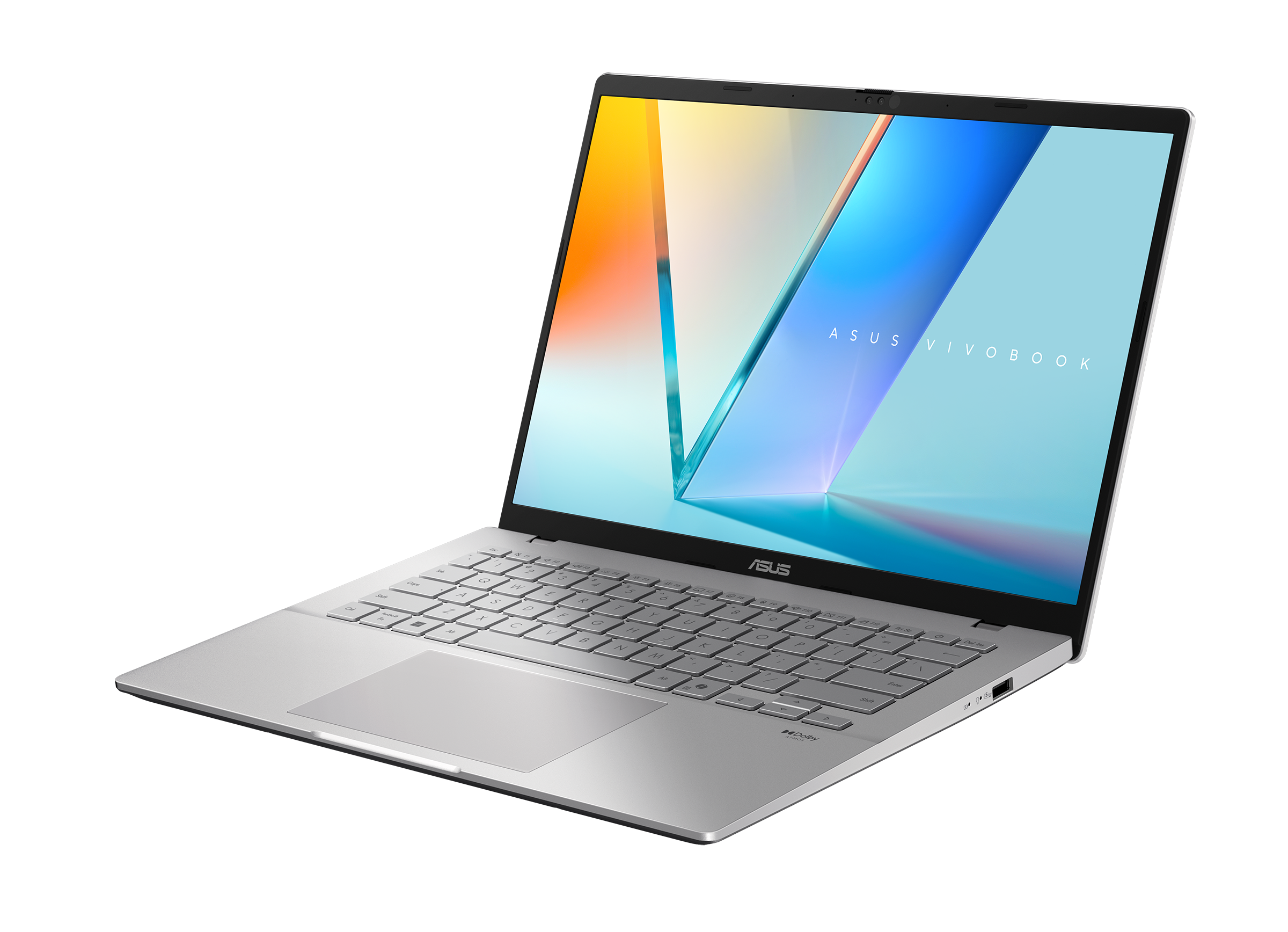Choosing a new laptop in 2025 can be a minefield. With a dizzying array of models, specifications, and marketing terms, it’s easy to end up with a device that doesn’t meet your needs. People often underestimate their usage; a few open browser tabs can quickly multiply, and modern websites demand more power than you might think. This guide, updated for 2025, will walk you through the essential considerations to ensure you buy a laptop you’ll be happy with, including new powerful and efficient options from Asus, Acer, and the exciting new Snapdragon-powered devices.
This guide is best suited for your business use case, for gaming or intense design work – give us a call to discuss your options.

1. The Screen: More Important Than You Think
Your laptop’s screen is your window to everything you do, and it’s one component you can’t upgrade. A poor-quality display will ruin your experience, no matter how powerful the laptop is.
- Screen Size:
- 13-14 inch: The sweet spot for portability and usability. This is our most common recommendation for a great balance.
- 15-16 inch: A good middle ground if you want more screen real estate and don’t mind a bit more weight.
- 17-18 inch: Best as a desktop replacement for gaming or detailed design work. Not very portable.
- Screen Resolution (The Numbers Matter):
- 1920×1080 (Full HD): The absolute minimum you should consider. Always check viewing angles and screen type.
- 2560×1440 (QHD/2K): The recommended resolution for a great balance of sharp text and usable space.
- 3840×2160 (UHD/4K): Excellent for creative work and media, but it’s more expensive and demands more power, which can impact battery life and gaming performance.
- Screen Technology & Quality:
- OLED: Simply the best. Offers stunning, vibrant colors and perfect blacks. The top choice for visual quality.
- IPS: The best of the rest. Provides excellent colors and wide viewing angles.
- VA & TN: Avoid these. They are common in cheaper laptops and suffer from poor colors and bad viewing angles.
- Brightness (Nits): Aim for 400 nits or higher for comfortable use in various lighting conditions. 300 nits is acceptable, but brighter is better.
- Refresh Rate: 60Hz is standard. For gaming, look for 120Hz or higher for a much smoother experience.
2. Performance: The Engine of Your Laptop
- Processor (CPU): This is the brain. To keep it simple, use a benchmark tool like
cpubenchmark.netand aim for a CPU Mark score of 15,000 or higher for good performance.- Intel: Look for 12th Gen or newer Core i5, i7, or i9 processors, or the new Intel Core Ultra Series 1 (which is effectively 15th Gen).
- AMD: Look for Ryzen 5, 7, or 9 processors.
- Qualcomm Snapdragon: The new Snapdragon X Elite and Snapdragon X Plus chips are now a fantastic option for 2025. They offer incredible battery life and instant-on performance. While early models had software compatibility concerns, the platform has matured significantly, making it a strong contender for mainstream users, students, and professionals who prioritize battery and portability. The Asus Vivobook S14 (S3407QA) is a prime example of a great Snapdragon laptop.
*IMPORTANT* – Snapdragon is ARM based – Make sure any special software you use is compatible. All normal Windows apps work. - AVOID: Do not buy laptops with Intel Celeron, Pentium, Atom, or any processor starting with ‘N’ (e.g., N4020), or AMD Athlon or Ryzen 3. These are for entry-level devices and will feel slow.
- RAM (Memory): This is your laptop’s working memory.
- 8GB: Only acceptable on a very tight budget, and only if it’s upgradable. This is really a last resort option.
- 16GB: The recommended amount for smooth multitasking for most users in 2025.
- 32GB+: Recommended for graphic design, video editing, or heavy-duty multitasking.
- Look for DDR5 RAM as an indicator of a newer system, though DDR4 is still acceptable.
- Storage (Drive): Speed and size are key.
- Technology: Only buy laptops with an NVMe SSD. Avoid older, slower mechanical Hard Disk Drives (HDD) or eMMC storage at all costs.
- Size: 256GB will fill up fast. Aim for a 500GB NVMe SSD as a minimum, with 1TB being the ideal size for most users.
3. Design and Practicality
- Weight: If you travel, this matters.
- Under 1.2kg: Ultra-light and super portable.
- 1.2kg – 1.5kg: A good balance of size and portability.
- Over 1.5kg: Starts to feel heavy; better as a device that doesn’t move often.
- Ports & Charging: Don’t get caught with old technology.
- Ensure the laptop has at least one modern USB-C 3.2 Gen 2 or Thunderbolt 4 port.
- Crucially, check that the laptop supports charging via USB-C (Power Delivery – PD). This saves you from carrying a bulky, proprietary charger.
- Operating System:
- For business use, you need Windows 11 Professional. Home edition lacks necessary security and networking features.
- For personal use, Windows 11 Home is fine.
- Avoid “S Mode” as it restricts you to apps from the Microsoft Store.
Recommended Laptops for 2025
Here are some top-tier recommendations that meet our 2025 criteria, including your requested models.
- Asus Vivobook S14 (S3407)
- Why it’s great: This is a standout model for 2025, available with either the latest Intel Core Ultra processors or the highly efficient Qualcomm Snapdragon X chips. It’s thin, light, and often comes with a spectacular ASUS Lumina OLED screen. It strikes an incredible balance of price, performance, and premium features. 1.4Kg and up to 18 hours of battery life!
- Best for: Students, professionals, and anyone who wants a stylish, portable, and powerful all-rounder.
- Acer Swift 14 AI
- Why it’s great: A fantastic premium laptop that fully embraces AI. It boasts a stunning high-resolution, high-refresh-rate OLED display option, powerful performance from its Intel Core Ultra chip, and a long-lasting battery. The build quality is excellent, and it’s packed with smart features. 1.35Kg and up to 18 hours of battery life!
- Best for: Professionals and creatives who want a top-tier Windows experience with a focus on display quality and AI features.
- Apple MacBook Air (M3)
- Why it’s great: The M3 MacBook Air continues to be a benchmark for premium ultraportables. It offers silent, fanless performance, a brilliant screen, a fantastic keyboard and trackpad, and incredible battery life. 1.3 to 1.5kg and 15 hours of battery life.
- Best for: Students, professionals, and anyone invested in the Apple ecosystem.
- Dell XPS 15
- Why it’s great: A long-standing favorite for power users. It combines high-end Intel processors with dedicated NVIDIA graphics in a sleek chassis with a gorgeous 4K OLED display option. 1.9Kg and 11 hours of battery life.
- Best for: Creative professionals, programmers, and anyone needing serious performance on the go.
Final Checklist Before You Buy
- Check the FULL Model Number: An “Asus Zenbook 14” can have 20 different versions. The last few digits of the model number (e.g., UX3405MA-PZ185W) define the exact specs. Compare these, not just the name.
- Read/Watch Reviews: Check for any known quirks or issues with the specific model you’re considering. Check YouTube.
- Upgradability: Can the RAM or SSD be upgraded later? Check sites like Crucial to see what’s possible.
- Remove Bloatware: The first thing you should do with a new Windows laptop is uninstall pre-loaded software.
- Pay for Professional Anti-Virus: Threatdown or Malwarebytes (Never use McAfee, Avast, Avira, Norton360, AVG – see article on why).
- Get an Extended Warranty: It’s worth the small extra cost for 3+ years of peace of mind.







